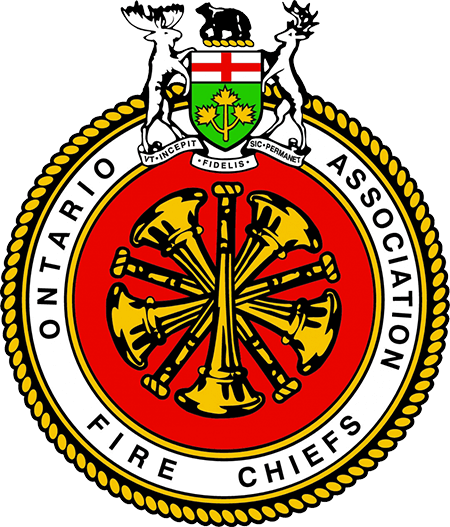
Vaughan Fire and Rescue Service Chief Deryn Rizzi. - City of Vaughan photo
From a young age, we are taught to call 911 in an emergency. This one number connects you with vital life-saving services. As technology evolves, so does the way people interact with 911. For example, text with 911 services, which enables citizens who are deaf, hard of hearing or speech impaired communicate directly with a 911 call-taker, has been very beneficial. Pocket dials on the other hand, have contributed to hundreds of hours in wasted resources every year.
Next-generation 911 (NG911) is a new system that will replace the current 911 infrastructure to address the changing needs of emergency communications and service delivery. It will enable digital information, such as text, videos and photos, to be sent from the public to the 911 communication centre, and this information will be relayed to emergency responders. This will be an invaluable tool for gaining a better understanding of emergencies. It could also connect with other information systems so that vital information is delivered to the first responders while en route to the scene, or up-to-date information about the road network is shared to help the responding unit get to the caller as quickly as possible.
For Vaughan Fire and Rescue Service (VFRS), I think this could be a game-changer. Seeing a video of a fire scene before we arrive can help us form an action plan and determine resource needs in advance. Or transferring a detailed plan of a building would help us identify entry points and determine where the fire panel is for quicker reconnaissance of a structure.
The new system will also help dispatchers better locate people calling 911 from cellphones. The current system uses cell towers to approximate a caller’s location to the nearest intersection (triangulation based on latitude and longitude from the cellphone location), which could be within a few hundred metres. But if a caller doesn’t know where they are or is unable to speak, the response time and administration of critical care can be delayed. The new digital system should increase the accuracy of pinpointing the location, possibly within centimetres.
The Canadian Radio-television and Telecommunications Commission (CRTC) is the regulatory body for telecommunications service providers that supply the networks needed to direct and connect 911 calls to emergency call centres. It mandated that existing 911 systems completely transition to the NG911 system by June 30, 2023, with networks ready to provide NG911 voice services by June 30, 2020 and NG911 text messaging services by Dec. 31, 2020. NG911 text messaging will be delivered through a system called Real Time Text (RTT) where each text character appears on the receiving device at roughly the same time it is typed on the sending device, allowing for a conversational flow of communication.
VFRS is working with partner organizations, such as York Regional Police, to identify the steps required to make the transition. We are looking forward to these changes to keep pace with technology and to ensure the continued safety of our community.
Link to original article on yorkregion.com: The next generation of 911 is a game-changer for public safety
